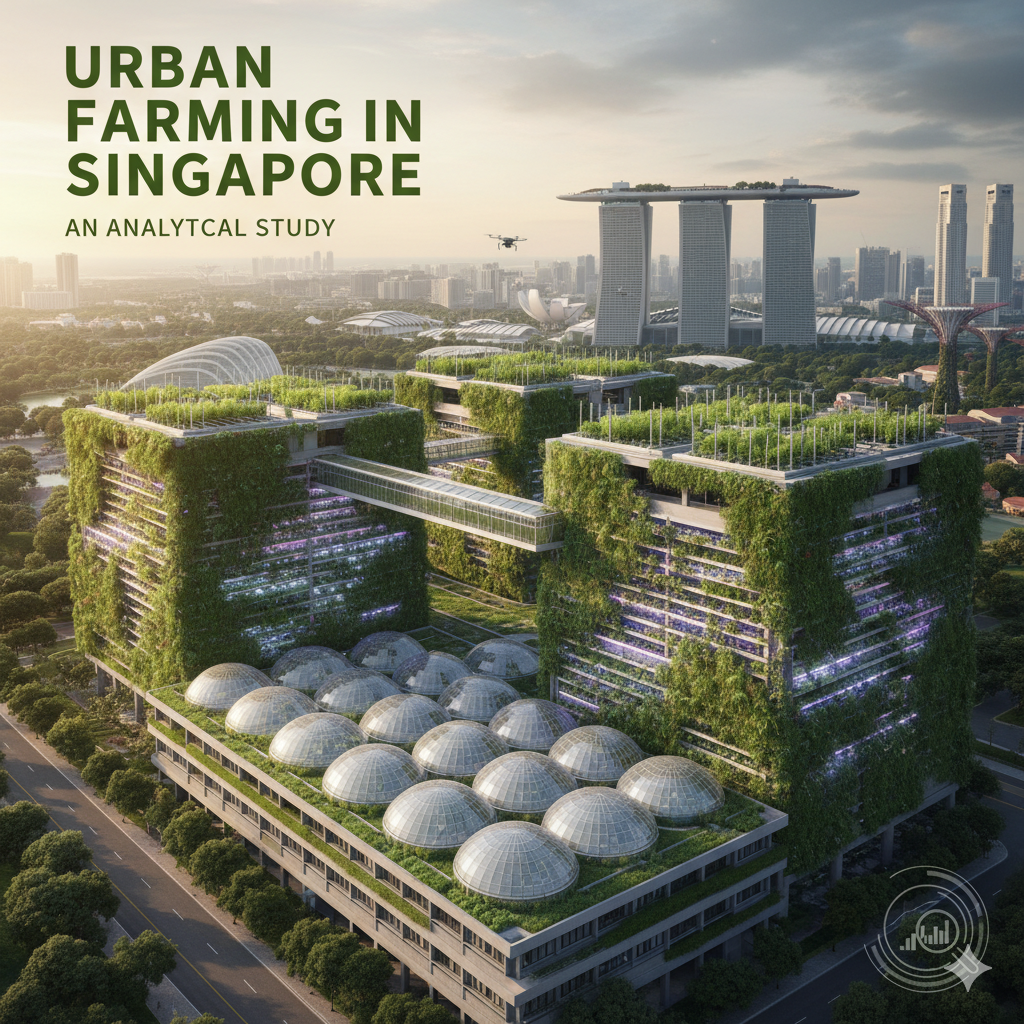Wood as a material in construction

🪵 Why Wood?
1. Natural Aesthetic
-
Warm, tactile, and beautiful.
-
Offers a range of textures, grains, and tones depending on the species.
-
Creates a sense of comfort and calmness in interior and exterior spaces.
2. Sustainability
-
Renewable and biodegradable (when sourced responsibly).
-
Stores carbon, making it environmentally favorable compared to concrete and steel.
-
FSC-certified or reclaimed wood enhances green credentials.
3. Versatility
-
Can be used for structural (mass timber, glulam, CLT), finishing (panels, floors), and decorative purposes.
-
Easily shaped, cut, and joined.
-
Works well with other materials like glass, steel, and stone.
🏗️ Structural Applications
Mass Timber (like CLT and Glulam)
-
Strong enough for mid- and even high-rise buildings (e.g., Mjøstårnet in Norway, 85.4 m).
-
Prefabricated for efficiency.
-
Seismically and thermally performant.
Traditional Timber Framing
-
Seen in historical and vernacular architecture across the globe.
-
Modern timber frame homes still use these principles, often exposed for visual appeal.
🔧 Pros of Using Wood
-
Lightweight but strong.
-
High thermal insulation (reduces energy costs).
-
Quick and clean construction (especially prefab).
-
Absorbs sound and regulates humidity.
⚠️ Cons and Challenges
-
Susceptible to rot, termites, and moisture if not treated.
-
Fire risk (though mass timber chars and self-insulates).
-
Requires maintenance.
-
Sourcing must be done responsibly to avoid deforestation.
🌍 Contemporary Wood Architecture Examples
-
T3 Building (Minneapolis, USA) – One of the largest modern timber office buildings.
-
The Smile (London, UK) – A curved CLT pavilion demonstrating wood’s flexibility.
-
Tamedia Office Building (Zurich, Switzerland) – Designed by Shigeru Ban, all-wood load-bearing system.
🌱 Wood in Sustainable Architecture
-
Integral to biophilic design – promoting well-being by connecting occupants to nature.
-
Often paired with passive solar strategies and natural ventilation.
-
Can be recycled or reused at end of life.





